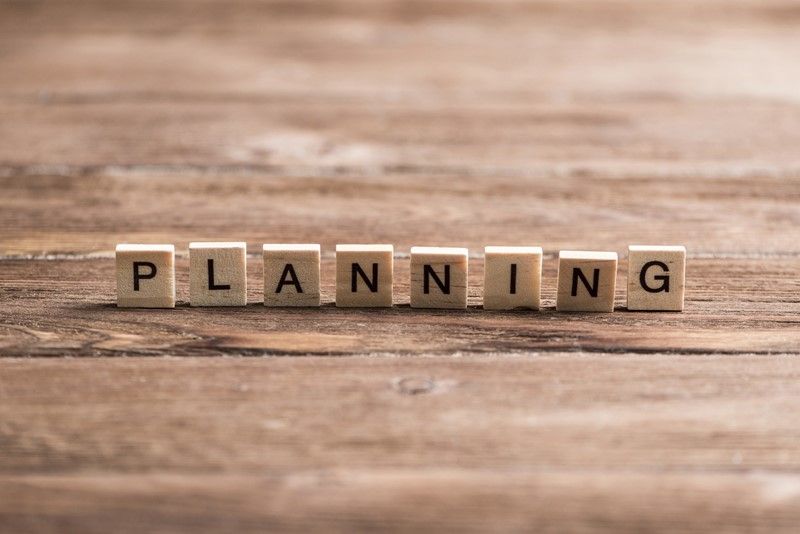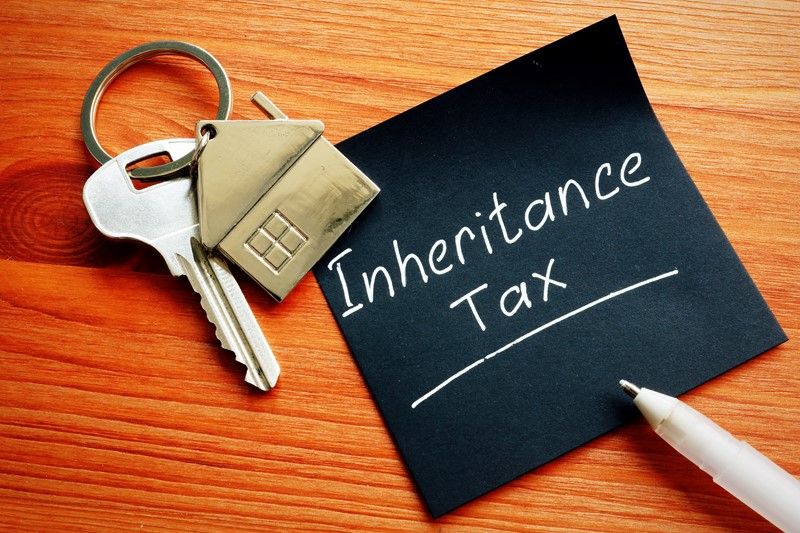The value of tax planning for high net worth individuals
For high net worth individuals (HNWIs), tax planning is not simply a compliance activity, it is a strategic tool to preserve and grow wealth. With rising scrutiny from HMRC, frozen allowances, and increasingly complex legislation, the value of well-structured planning has never been higher.
HNWIs typically have multiple sources of income: from employment, dividends, property, pensions, or overseas investments. This complexity brings opportunities, but also risk. Without active tax planning, much of that income can be lost to inefficient structuring or missed reliefs.
Using allowances such as the personal allowance, dividend allowance, and savings allowance is key. Where income exceeds £100,000, tapering of allowances becomes relevant. Income splitting between spouses and the use of family investment companies or trusts can help manage liabilities.
The capital gains tax (CGT) annual exemption is now only £3,000 (2025–26). Disposals must be timed carefully, with use of spousal exemptions or crystallising gains across tax years considered.
HNWIs are most exposed to inheritance tax (IHT), which charges 40% on estates above £325,000 (plus any residence nil-rate band). Making lifetime gifts, using trusts, and taking advantage of the exemption for gifts from surplus income can significantly reduce exposure.
Global families must manage UK tax residency and domicile status carefully. The remittance basis may apply to foreign income, but this often requires payment of the remittance basis charge. Changes to domicile treatment post-April 2025 make planning in this area even more important.
Pensions, ISAs, and offshore bonds can provide valuable tax sheltering. For HNWIs, using the annual and lifetime pension allowances efficiently, especially while they remain available, is a core planning task.
In summary, proactive tax planning is about more than saving money. It gives HNWIs confidence, control, and the ability to plan for the future. With HMRC increasing its focus on high earners, reviewing tax affairs annually is no longer optional, it makes good financial sense.




